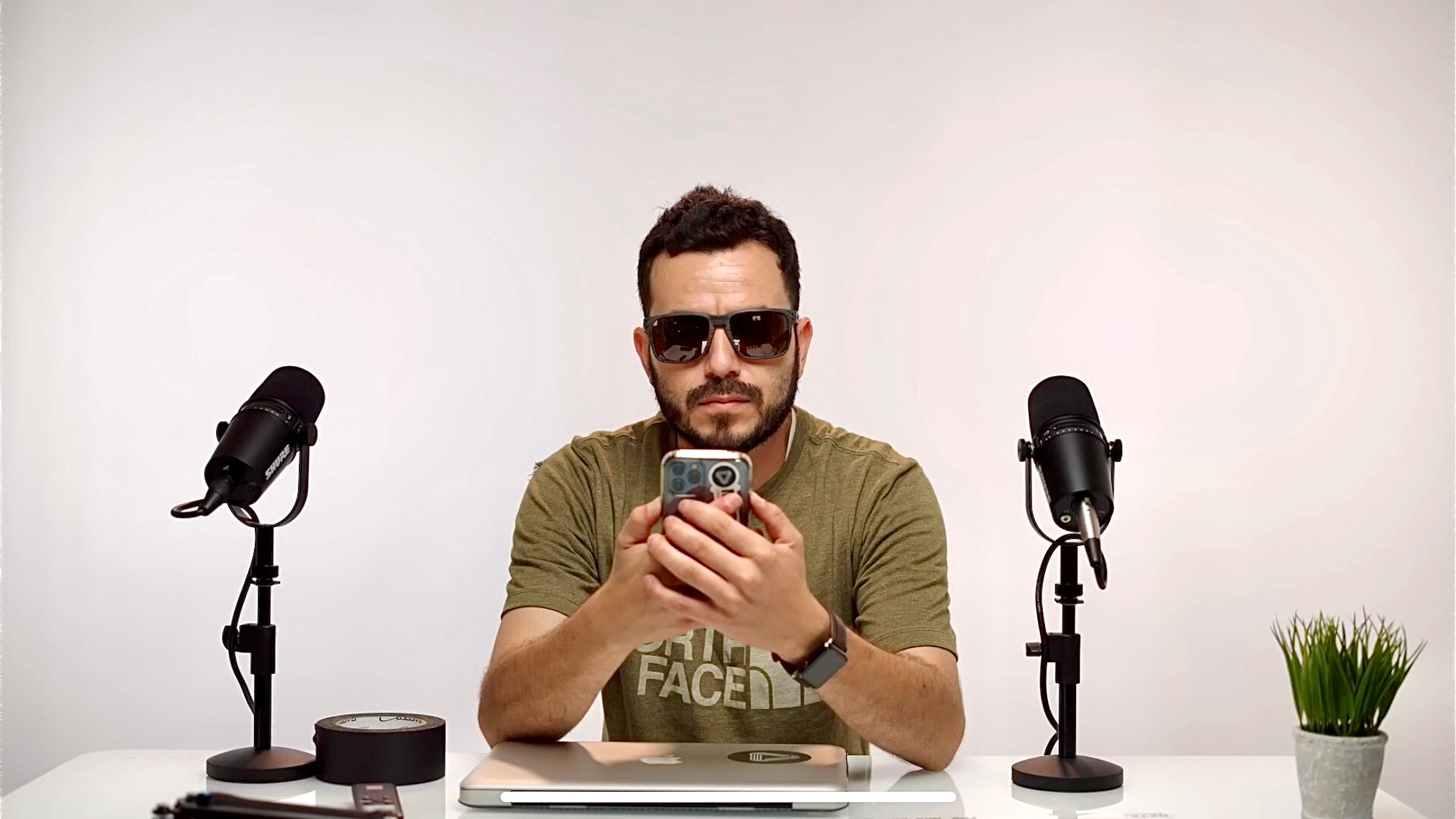As the Media Knowledge Group, we know that starting a podcast can seem daunting, especially for beginners. However, we also know that podcasting is a powerful way to connect with your audience and share your message. In this beginner’s guide to podcasting, we’ll walk you through everything you need to know to get started with your own podcast.
Choose Your Topic and Format
The first step in starting a podcast is to choose a topic that you’re passionate about and that will resonate with your audience. Think about what you want to communicate and what type of format would work best for your content. Will you have a solo show, or will you invite guests on to share their expertise? Will you focus on news, storytelling, or a mix of both? Once you have your topic and format in mind, it’s time to move on to the next step.
Get Your Equipment
To start recording your podcast, you’ll need some basic equipment. You’ll need a microphone, a pair of headphones, and recording software. Don’t worry, you don’t need to spend a lot of money to get started. There are plenty of affordable microphones and software options available. We recommend doing some research and reading reviews to find the best equipment for your needs and budget.
Plan Your Content
Before you start recording, it’s important to plan out your content. Create an outline or script for each episode, and make sure you have a clear idea of what you want to say. Your listeners will appreciate a clear, organized format. Be sure to also consider the length of your episodes. Aim for 20-40 minutes per episode, as longer podcasts can be harder to keep your audience engaged.
Record and Edit Your Episodes
Once you have your equipment and content plan, it’s time to start recording. Find a quiet, distraction-free space to record your episodes. Make sure your microphone is set up correctly and your recording software is working properly. After recording your episode, you’ll need to edit it. This includes trimming any dead air or mistakes, adding in music or sound effects, and adjusting the audio levels.
Host and Distribute Your Podcast
Now that you have your episode recorded and edited, it’s time to share it with the world. You’ll need to choose a podcast hosting platform to store your episodes and distribute them to major podcast directories, such as Apple Podcasts, Spotify, and Google Podcasts. There are many hosting platforms available, such as Twitch, Facebook Lives, and Kick. Choose one that fits your needs and budget.
Promote Your Podcast
Congratulations, you’ve published your first episode! But the work doesn’t stop there. To build an audience, you’ll need to promote your podcast. Use social media to share your episodes and engage with your listeners. Consider reaching out to other podcasters in your niche to collaborate and cross-promote each other’s shows. And most importantly, listen to your audience’s feedback and adjust your content accordingly.
In conclusion, starting a podcast can be a rewarding experience. By following these steps and putting in the work, you can create a podcast that connects with your audience and shares your message with the world. Don’t be afraid to experiment and try new things. And if you need help along the way, the Media Knowledge Group is here to support you, contact us here!


Comments are closed